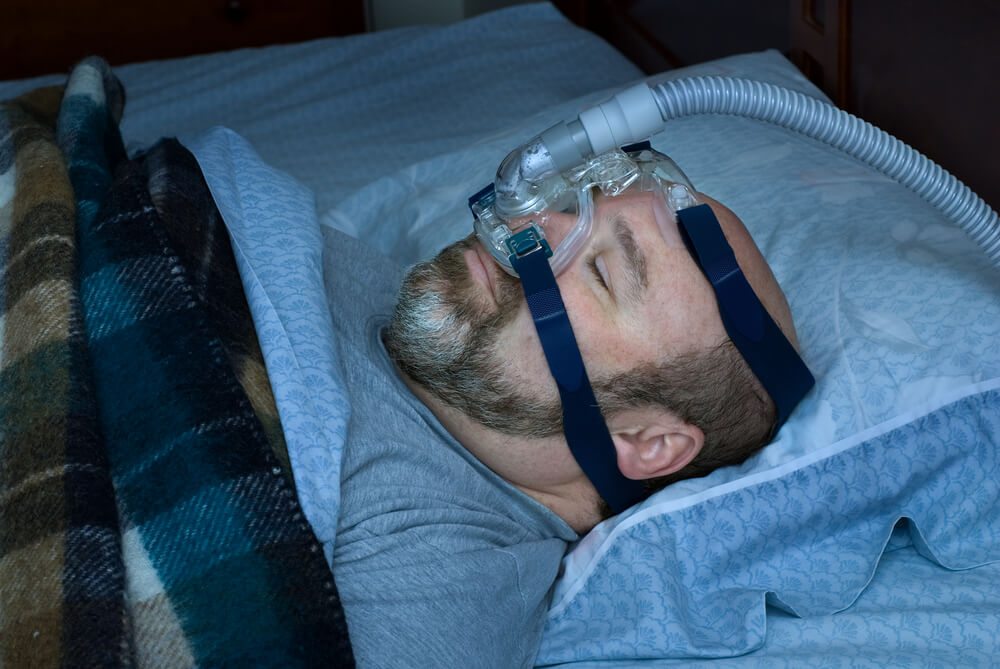Nearly half of truck drivers are prone to sleep apnea, study reveals

A recent study found that 49% of commercial motor vehicle drivers could be at risk for obstructive sleep apnea. The new research concluded that drivers who participated in the study with undiagnosed and untreated sleep apnea were at greater risk of being involved in accidents.
The 2020 study by researchers at the Virginia Tech Transportation Institute was presented at a Transportation Research Board committee meeting Jan. 11. The study screened 20,000 drivers to determine sleep apnea potential.
Obstructive sleep apnea is a potentially serious sleep disorder that causes breathing to repeatedly stop and start during sleep. When sleep is frequently interrupted throughout the night, it is more likely to be drowsy and unfocused the following day. Drivers with sleep apnea are at higher risk for car crashes, work-related accidents and other medical problems.
In the initial study, only 6.4% of the drivers were marked as potentially having OSA, 86% were marked as having “No OSA,” and the remaining drivers had already been diagnosed with OSA.
The drivers were then tested applying the STOP-Bang assessment: a screening tool that assesses snoring, tiredness, observed apnea, hypertension, body mass index, age, neck circumference, and gender to gauge their overall sleep apnea risk. This identified as many as 9,382 drivers had obstructive sleep apnea “potential,” while 9,639 did not have obstructive sleep apnea.
“The goal of the new study is really to get an accurate estimate of potential OSA,” said presenter Jeffrey Hickman, a VTTI researcher who participated in the study. “We’re not trying to diagnose people. We’re just screening them.”
“Although several studies have estimated the prevalence of obstructive sleep apnea in the commercial motor vehicle driver population, limitations such as small sample sizes and study samples that are not representative of the industry have limited the generalizability of these study findings to the general CMV population,” the study noted.
The trucking lifestyle makes drivers more apt to health concerns like sleep apnea. Limited exercise and a lack of access to healthy food at truck stops can lead to drivers becoming overweight and susceptible to serious conditions. It is important for drivers to be aware of health risks and take daily measures to ensure they are promoting a healthy lifestyle.
Drivers can treat sleep apnea with a variety of methods ranging from surgery to positive airway pressure, or C-PAP machines.
According to the Mayo Clinic, some signs and symptoms to look out for include
- Excessive daytime sleepiness
- Loud snoring
- Observed episodes of stopped breathing during sleep
- Abrupt awakenings accompanied by gasping or choking
- Awakening with a dry mouth or sore throat
- Morning headache
- Difficulty concentrating during the day
- Experiencing mood changes, such as depression or irritability
- High blood pressure
- Nighttime sweating
- Decreased libido
Consult a medical doctor if you are experiencing the following:
- Snoring loud enough to disturb your sleep or that of others
- Waking up gasping or choking
- Intermittent pauses in your breathing during sleep
- Excessive daytime drowsiness, which may cause you to fall asleep while you’re working, watching television or even driving a vehicle